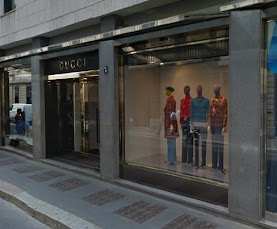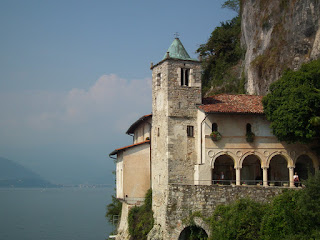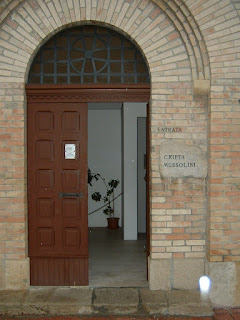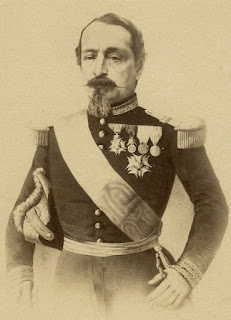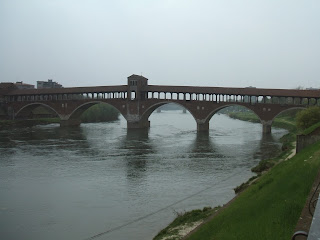AC Milan outbid Juventus for Torino star
 |
| Gianluigi Lentini in his early days with Torino |
A winger with Torino known for outstanding dribbling skills, crossing accuracy and lightning pace, Lentini was the subject of a fierce bidding war between Torino's city neighbours, Juventus, and defending Serie A champions AC Milan in the summer of 1992 which ended with Milan paying a fee of around £13 million for the 23-year-old star.
It was the second time in the space of a few weeks that Milan had paid a world record sum for a player, having signed the French striker Jean-Pierre Papin from Marseille for £10 million.
At a time when the Italian league was awash with cash, the Papin record itself had been eclipsed a short while before the Lentini deal was agreed when Juventus paid Sampdoria £12 million for striker Gianluca Vialli.
The Lentini record would remain until Newcastle United forked out £15 million for the Blackburn and England striker Alan Shearer in 1996.
Born in Carmagnola, a small town around 30 kilometres (18 miles) south of Turin, Lentini made his Serie A debut for Torino as a 17-year-old and in a struggling team did not make a notably impressive start.
He was sent out on loan to Ancona, newly promoted to Serie B, for the 1988-89 season and the experience did wonders for his game. He returned to Torino a smarter player and physically stronger. His parent club had been relegated in his absence but Lentini made an immediate impact on his return, scoring six goals and contributing numerous assists as Torino were promoted back to Serie A at the first attempt.
As Lentini continued to shine, Torino prospered, finishing fifth in their first season back in the top flight and then third in 1991-92, their highest position since winning the Serie A title in 1975-76. They also reached the final of the UEFA Cup.
 |
| Fabio Capello |
But a year after joining Milan, and by then a regular in the Italian national team, Lentini's world was shattered when, on the way home from a pre-season tournament in Genoa, he lost control of his Porsche 911 on a bend near the small town of Villafranca d'Asti, just east of Turin.
The high performance sports car overturned in a ditch and burst into flames. Lentini was thrown clear but sustained severe head injuries and might have died had he not been found by a passing lorry driver, who immediately called for an ambulance.
He recovered enough to resume his football career but suffered blurred vision and memory problems and was never the same player subsequently and struggled to keep a regular place in the Milan team. He won a Champions League medal in 1994 as Milan crushed Barcelona 4-0 in the final but remained on the bench throughout.
Nonetheless, after leaving Milan to join Atalanta in 1996, Lentini refused to allow the disappointment to crush his spirit. He told friends he felt lucky to have survived his accident and played on, remarkably, until he was in his 40s. He rejoined Torino in 1997 and enjoyed another season in Serie A after helping them win promotion in 1999, then played for a number of lower division teams before hanging up his boots. He dropped even to the fifth tier of Italian football to play for Canelli, a town in Piemonte of just 10,000 inhabitants, for whom he scored 37 goals in 74 games, and finished in the sixth tier, playing for his home town club in Carmagnola.
Lentini's 19-year-old son, Nicholas, plays for the Serie D side Sporting Bellinzago as a goalkeeper.
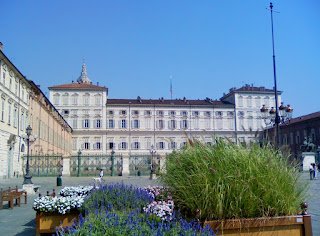 |
| The Piazza Castello in the centre of Turin, looking towards the Palazzo Reale |
Although Turin is regarded as an industrial city, sometimes dubbed the Detroit of Italy because of the number of major motor manufacturers based there, it has a rich history as the former capital of the Duchy of Savoy and some outstanding baroque architecture. At the heart of the city in Piazza Castello can be found four impressive buildings - the Palazzo Reale, the former seat of the Savoy royal family, the Palazzo Madama, which hosted the Savoy senate and briefly, after Italian unification, the Italian senate, the former Teatro Regio di Torino and the Biblioteca Reale (Royal Library), which hosts Leonardo da Vinci's self-portrait.
Travel tip:
Torino's stadium, the Stadio Olimpico, was known as the Stadio Municipale Benito Mussolini after it was opened in 1933, being renamed Stadio Comunale after World War II and acquiring its current identity after being chosen to host the opening and closing ceremonies at the Winter Olympics in 2006. It is situated around four kilometres south of the centre of Turin in the Santa Rita district. It was home to Torino and city rivals Juventus from 1963 until 1990, when both clubs moved to the new Stadio delle Alpi, and has been home again to Torino since 2006. Stadium tours can be booked and a Torino tourist card also gives access to the Olympic Museum situated in the stadium.
Easter in Italy
Easter - La Pasqua in Italian - is a festive holiday throughout Italy and Easter Sunday is marked with religious parades and celebrations in many towns and cities. Often large crowds assemble for processions that involve statues of Jesus or Mary carried along the streets. Chocolate eggs are exchanged as in other countries and the main meal of the day often features lamb.
More reading on football:
Azeglio Vicini and Italy's 1990 World Cup heartbreak
The breakaway group who founded Milan giants Internazionale
Dino Zoff - record-breaking goalkeeper who became Italy boss
The breakaway group who founded Milan giants Internazionale
Dino Zoff - record-breaking goalkeeper who became Italy boss
Home


